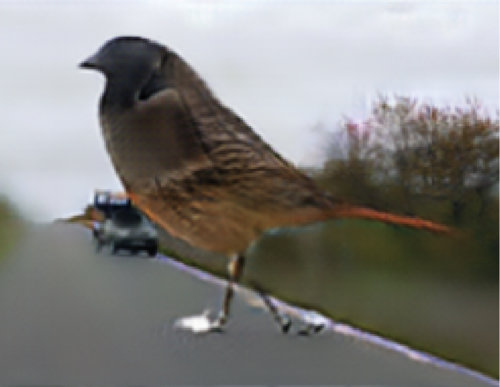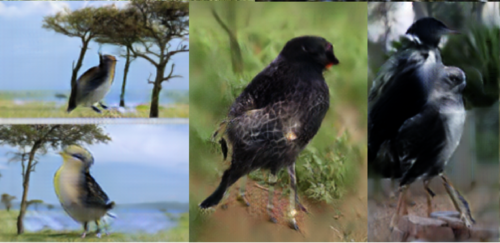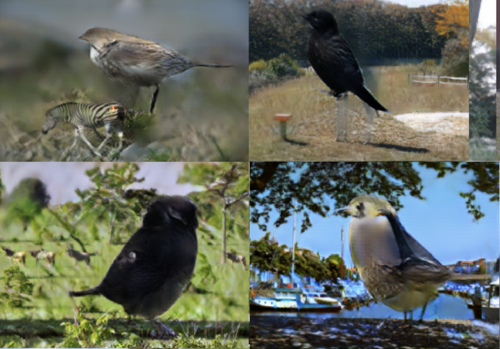How to change a giraffe into a bird
When people study the ways that AI generates and detects images, they have to use something as a test problem. Delightfully, a recent paper decided to train an AI to transform pictures of giraffes into pictures of birds.
Why? Apparently, just to see if they could do it. And it’s a worthy challenge - they’re different sizes, completely different shapes, and giraffes are almost never seen diving for fish off the coast of Antarctica.
What they did was give the AI a set of 2,546 giraffe pictures and another independent set of 9,414 bird pictures, each with the giraffe and bird outlined. The AI was divided into two dueling parts, one of which was supposed to transform giraffes into birds, and the other of which was supposed to decide whether the picture it was looking at was a real bird or a fake giraffe-bird. It could check its work against some pictures that it knew in advance were giraffes or birds, and adjust itself so its answers were generally more correct.
At the end of three weeks of training, it could do this:

This is as impressive as it is hilarious. The AI learned to make landscapes blurry at the top so they look like macro shots (even it it isn’t always graceful about where it makes its transition.) One giraffe’s shoulder is still there, but the AI cleverly makes it into a rock and hopes you don’t notice.

In this one the AI uses its blurry-background trick to great effect, but then has to figure out what to do with the foreground. It spots a log, which it uses as a perch for the bird, accentuating a rock crack into a twig, does something vague with bird feet in the vicinity, and the whole effect is pretty convincing. As before, the giraffe’s belly and legs are still around, but it turns them green and hopes you think it’s a leaf in the foreground or something.
Sometimes the AI’s tricks fail it.

Flummoxed by a probably-unusual background, the AI did not successfully change the apparent scale of the image. It’s also obvious here that the AI’s general strategy with giraffe removal is to paste over the giraffe’s head, neck, and shoulders with the bird’s body, and then try its best to hide the giraffe’s legs. If you look at the second photo in this post with that in mind, you immediately spot the giraffe, still there but recolored.
Many of the AI’s failures involve failures to hide those pesky giraffe legs.

And a few more:

Become an AI Weirdness supporter to get some AI-generated course cases (check out last week’s blog post for even more). Or become a free subscriber to get new AI Weirdness posts in your inbox!
My book on AI is out, and, you can now get it any of these several ways! Amazon - Barnes & Noble - Indiebound - Tattered Cover - Powell’s - Boulder Bookstore (has signed copies!)


